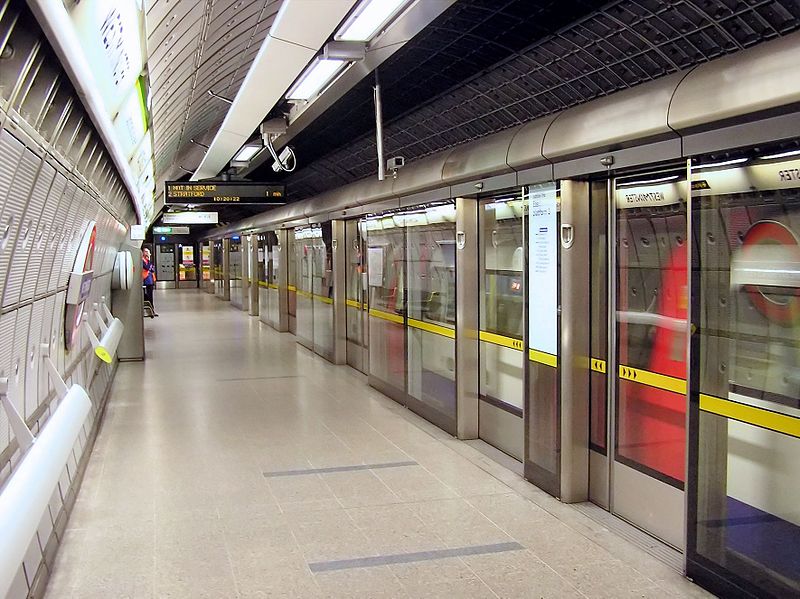At what station do the hijackers in the 1974 version of The Taking of Pelham One Two Three board the ill-fated Lexington Ave. local? How much money did Charlie need to pay in order to exit from Boston’s M.T.A.? If these questions come easy to you — or even if they do not — do I have an event for you.
On Thursday, January 17 from 7 p.m. – 9 p.m., the Transit Museum is hosting its first-ever transit trivia night. Stuart Post and Chris Kelley will lead the event, and it’s being billed as a trivia contest focusing on transit in pop culture, history, music and more. In other words, distinct knowledge of rolling stock model numbers not required.
The event costs $15 — or $10 for museum or Transportation Alternatives members — and tickets, which come with one free Brooklyn Brewery beer, are available here. The trivia teams can consist of 2-6 people so if there’s enough interest, I’ll put together a Second Ave. Sagas team. Drop a note in the comments or use the site’s contact form.









 In late November, as Garden State lawmakers grilled the state’s agency officials on their responses to Superstorm Sandy, New Jersey Transit executives seemed rather defensive. The rail agency had kept a significant portion of its rolling stock in low-lying areas, and employees and executives kept excusing their decision on the grounds that the areas had never flooded before so why would they know. In light of a new report, these mistakes, which I
In late November, as Garden State lawmakers grilled the state’s agency officials on their responses to Superstorm Sandy, New Jersey Transit executives seemed rather defensive. The rail agency had kept a significant portion of its rolling stock in low-lying areas, and employees and executives kept excusing their decision on the grounds that the areas had never flooded before so why would they know. In light of a new report, these mistakes, which I